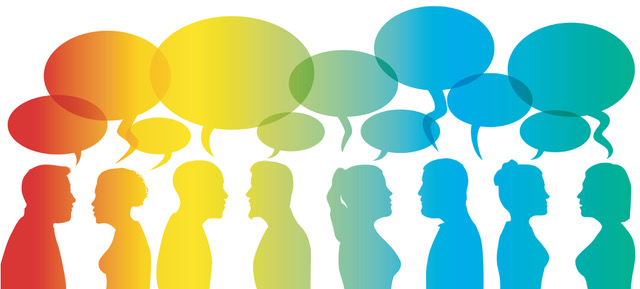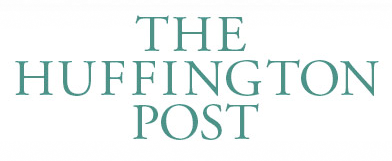By Judith E. Glaser | blogs.hbr.org and huffingtonpost.com
Published: April 24, 2013

In 2009, security staff at a Texas bank smelled something funny in the air and asked customers to evacuate because they suspected a carbon monoxide leak. Thirty-four people were rushed to the hospital complaining of chest pains and headaches. Of course carbon monoxide is odorless; the cause of this sudden hysteria turned out to be a strong whiff of a lady's perfume. But by announcing that there might be something harmful in the air, the context was created for people to think the worst — and they did.
In fact, it's very easy to create a climate of distrust. According to Mitzi László, the neuroscientist who told me the story above, it takes .07 seconds for our primitive brains to move to "threat-based interpretations" of any uncertainty or danger we perceive, even if it's just an unfamiliar smell. Of course, people don't typically rely on their olfactory senses to sniff out friends and foes. Dogs, whose noses are much more sensitive to odors than ours, might be able to instantly smell if another animal is to be trusted or not. But we humans use body language, facial expressions and language to do the same. It's a much more complex neurological process. Still, it can be short-circuited when we're primed for distrust — for example, when we're introduced to a new colleague, when leaders are sending mixed messages, when we sense a power struggle, or when we don't feel heard.
So how can we prime our brains for trust instead?
Shift from threat to transparency, uncertainty to understanding.
In the absence of information, the brain works overtime. Uncertainty activates the amygdala and spurs the production of cortisol, the neurotransmitter of fear, which prompts those negative interpretations of reality. After all, we're programmed to anticipate harm and protect ourselves from it. Think about a time when your boss and a colleague starting meeting regularly and you didn't know why.You probably started wondering if you'd been left out of an important project, or if they knew something you didn't. Leaders can shift people's thoughts away from threats by fostering an open, transparent environment in which everyone shares and discusses as much as they can about what's really going on. This sends a strong signal to everyone's lower brain that "trust is in the air". One conversational ritual you might try is hosting regular sessions with your team members to talk about pressing issues, challenges, concerns. You might even give it a name like "What's Up?". When Gary Rodgers was CEO of Dryer's and Edy's Grand Ice Cream, he ran these sorts of meetings and always started by taking off his coat and undoing his tie to signal he was about to open up and be candid. At pharmaceutical company Pfizer, they have a "Straight Talk" program. People actually have coins they can put on the table to signal that they want everyone to speak frankly and there will be no retribution. Another example comes from AVON. When executives at the cosmetics company realized they didn't really understand the business challenges of their seven million sales representatives very well, they created a ritual called "A Day in the Life of...", during which management had to spend a few days speaking with and working alongside people in the field. The experiences were eye-openers. As a result, the company completely changed its marketing materials and beefed up its sales rep support systems, significantly boosting sales over the next six months.
Shift from resistance to relationship, self-interest to shared success.
Our brains respond well to reciprocity, or "I scratch your back and you scratch mine". When you encourage employees to support and do generous things for each other, it creates a virtuous circle of sharing, activating the prefrontal cortex, triggering the mirror neurons that give us more empathy for others, and stimulating neurotransmitters, such as oxytocin, which promote even more collaborative, trusting behaviors. Although we're hard-wired for self-protection, we're also inherently social, and leaders can make sure that the latter instinct trumps the former by painting a picture of what success will look like if everyone works together. A few years ago, a prestigious art museum hired me as a consultant to help with some internal conflicts. The curators were supposed to put together a special exhibit showcasing the best of the period on which they each focused. Yet they feared that their own sections of the museum would suffer if they gave up their top pieces, and this anxiety prevented them from even talking about how to build the show. We tried another conversational ritual: pairing people into "pods" and asking them to draw out one another's strengths. As the partners' explored their respective collections and identified the highlights, walls quickly began to come down. The exhibit based on these exercises became the biggest draw in the museum's history, and management decided to set up curator co-creation events four times a year to look for more museum-wide, thematic projects that would energize and enlighten the staff.
Remember that change, confusion, uncertainty, and lack of clarity can prime people for distrust. If employees smell smoke, you can bet they'll assume there's a fire. But you can prevent this negative spiral by adopting the best practices for trust-building above. Warning your employees to avoid heavy cologne or perfume probably wouldn't hurt either.
Read more blog posts on Harvard Business Review by Judith E. Glaser








